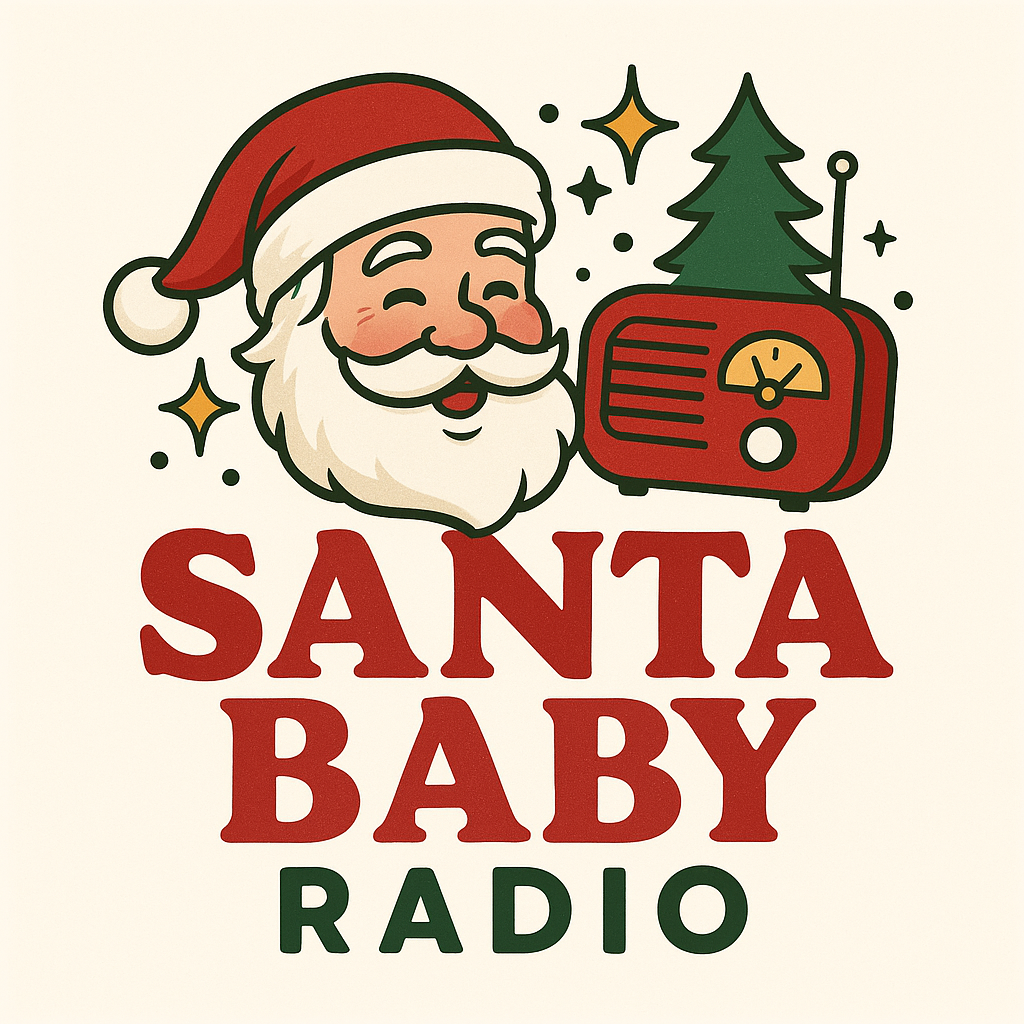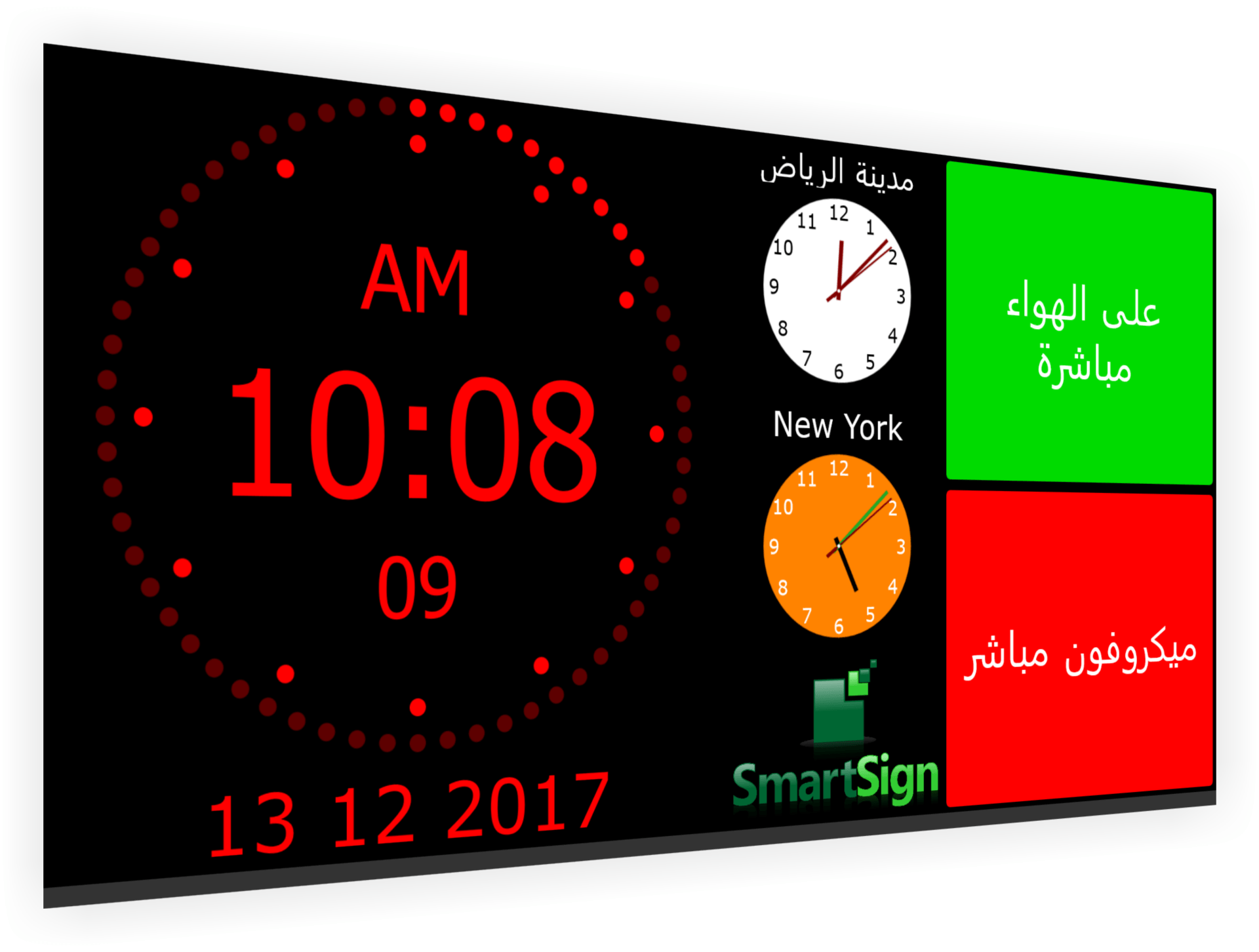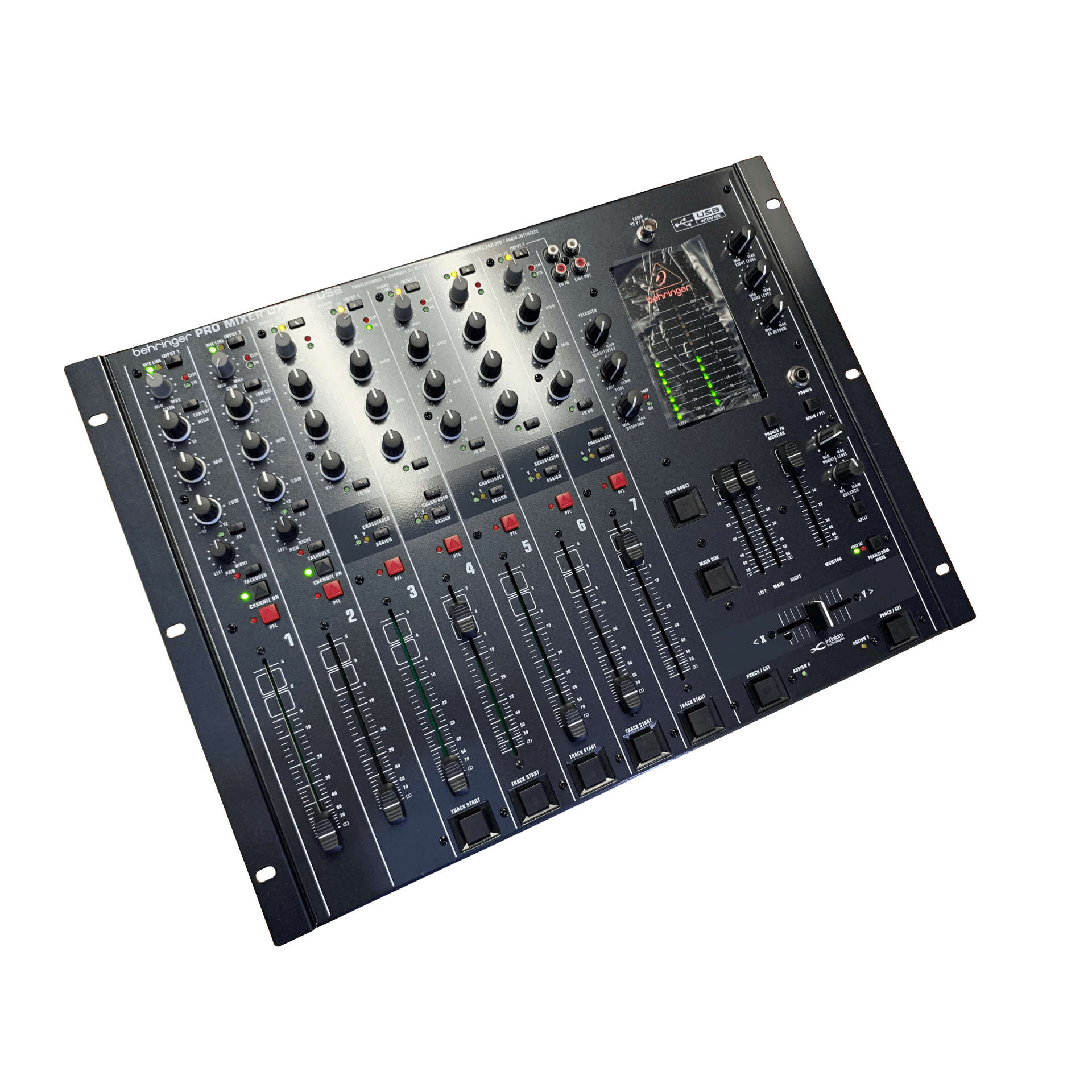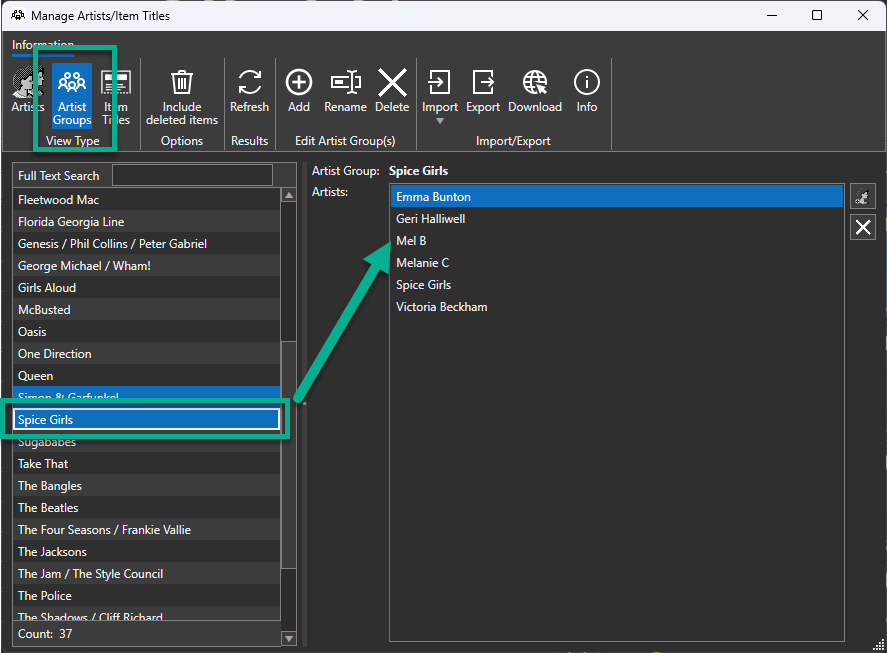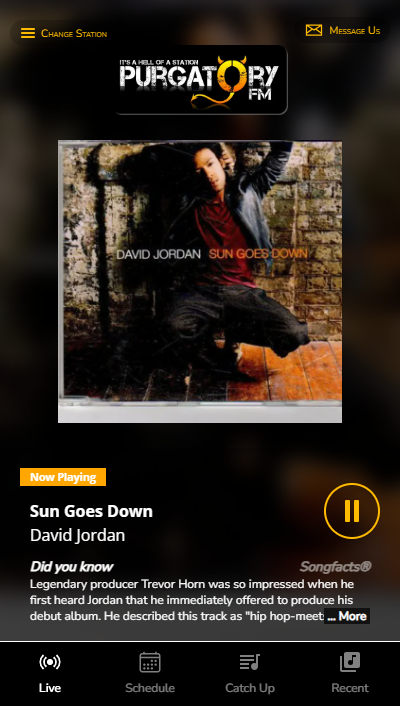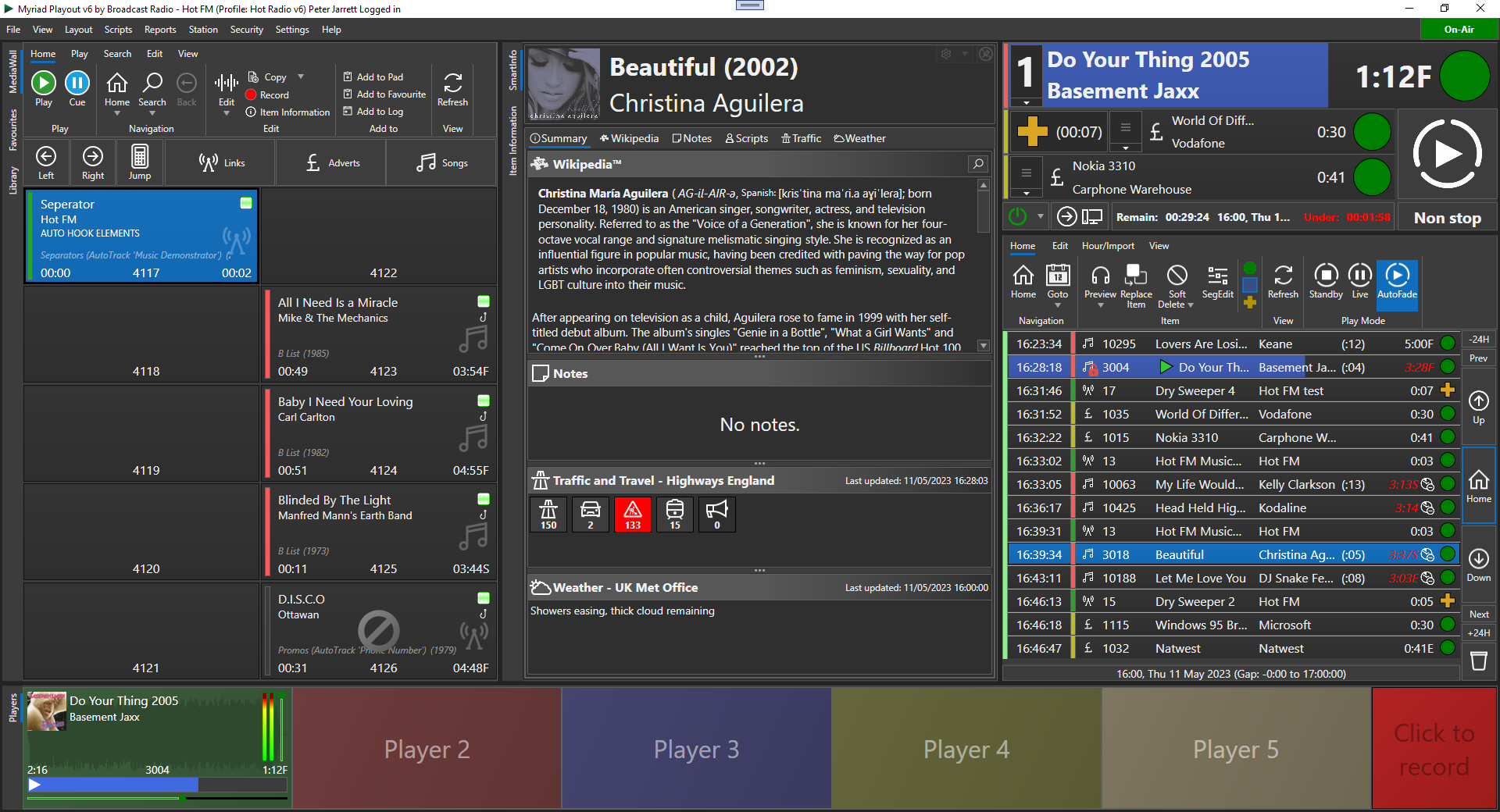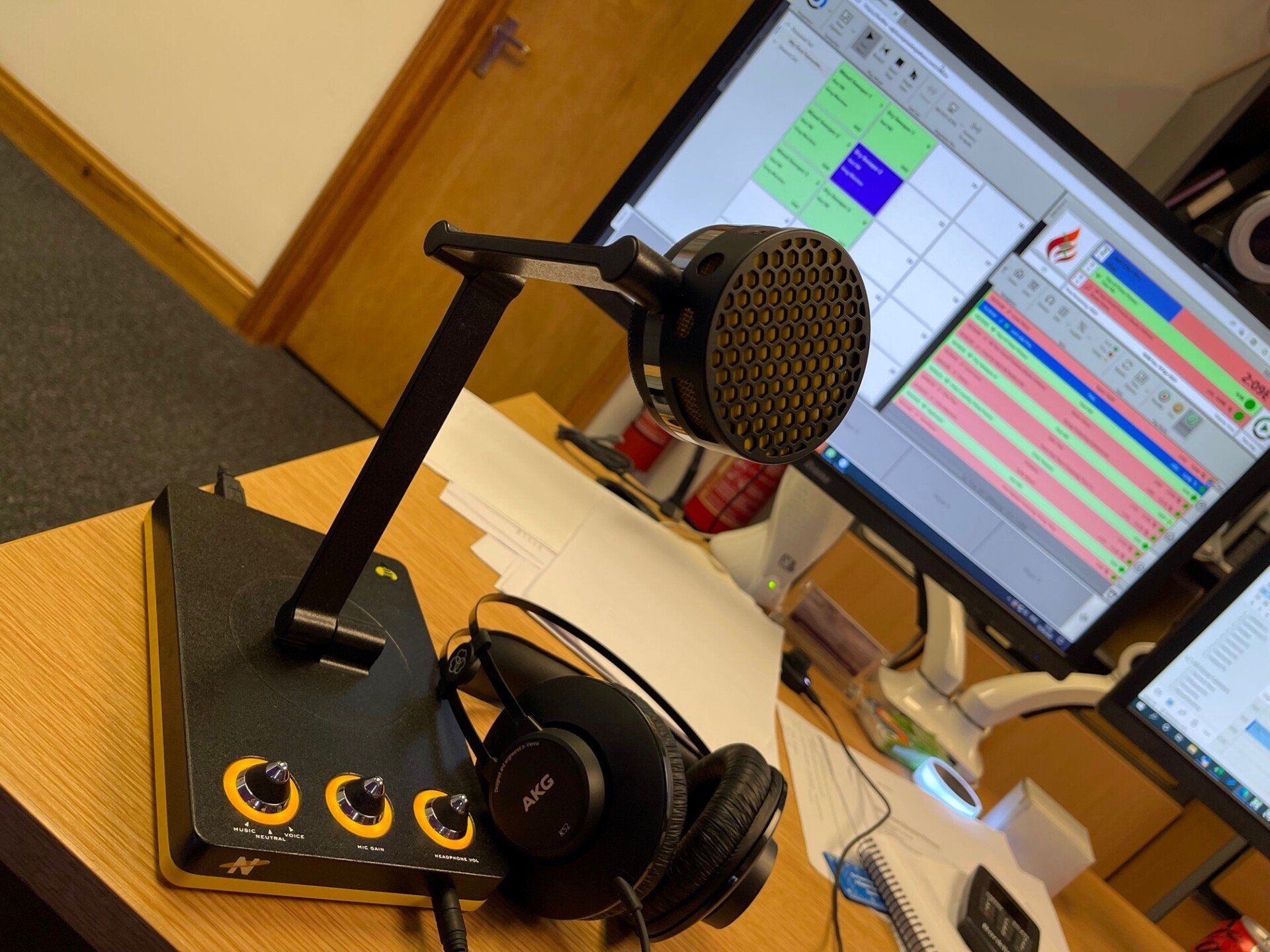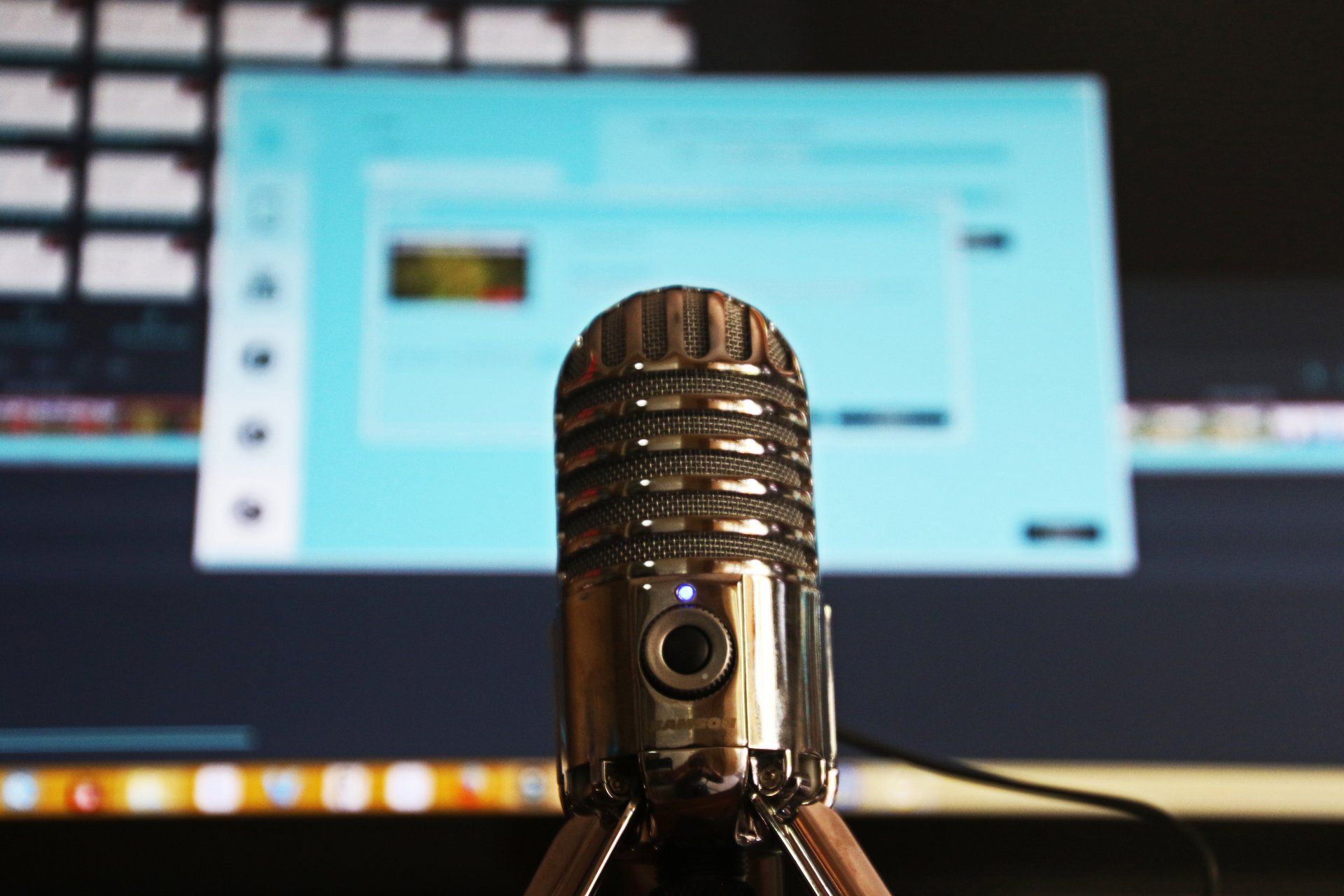Remote Voice Tracking - Some interesting Numbers!
How many stations & presenters are using Myriad RVT?
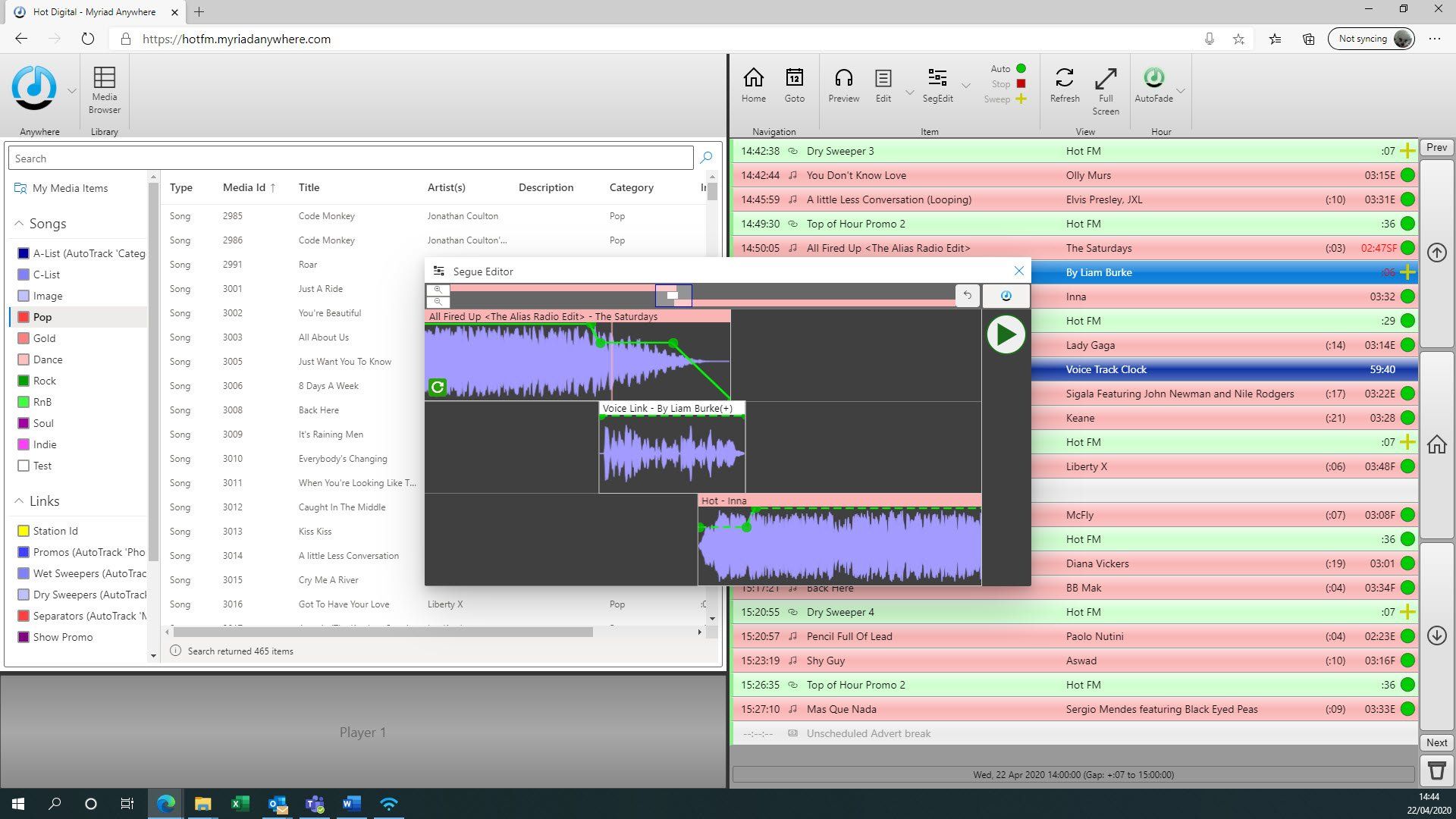
We thought it would be interesting to share a few numbers with your with regard to Myriad Remote Voice Tracking over the past two months.
Prior to 2020, Remote Voice Tracking (RVT) was an important feature of our software but not one that a lot of stations took advantage of.
Our internal metrics showed small but steady use.
Of course all that changed a few weeks back when many stations found themselves in the situation where RVT was vital to allow them to continue to broadcast. But just how much are stations relying on RVT (in all forms)?
Let's Look At Some Numbers
In the past two months, Myriad 5 customers alone have uploaded a staggering 60 thousand voice links. More than 68% of these have been on the brand new Myriad Anywhere platform (as opposed to desktop RVT) and the vast majority of these have been Cloud hosted (as we only have a small number of self hosted!). Considering that Anywhere Cloud didn't exist before the lockdown, this is fairly astounding.
The graph below isn't for COVID cases or critical hospital beds, it is daily volume of voice links uploaded to Remote Edit Servers around the country!
We don't have metrics for v4 users but we can assume that a fair number of v4 stations are also heavily relying on RVT based purely on the number of inquiries we have received.
It is clear that many stations are now using Myriad RVT to help maintain their station output through this difficult time and we are delighted to have been able to offer the Myriad Anywhere Cloud platform to assist stations to adapt to the new circumstances.
The response has been fantastic and our team are very proud to have been able to help stations "keep calm and carry on"!
We continue to work on the Myriad Anywhere Platform with lots of new features and enhancements planned for the coming weeks to further enable stations to produce quality content despite having limited access to traditional studios.
Need Access To Myriad Anywhere Cloud?
We are currently offering all Myriad 5 customers, free access to Myriad Anywhere Cloud until at least June 2020. All you need is to upgrade to the latest release (free of charge for existing v5 customers) and contact us for an API key. You can download the guides for both setting up and using Myriad Anywhere Cloud by clicking on the links below.
If you need any assistance or to request a free API key, contact our team.
Interested In Remote 'Live' Shows
Checkout this previous Blog post and download our comprehensive walkthrough.
Myriad 4 Customers
Remember that RVT 4 and Myriad Anywhere 4 also exist although both are licensed applications (not web based). For a limited time we are offering v4 customers extended 'evaluation' licenses of the above products to help facility remote contribution in this challenging time.
